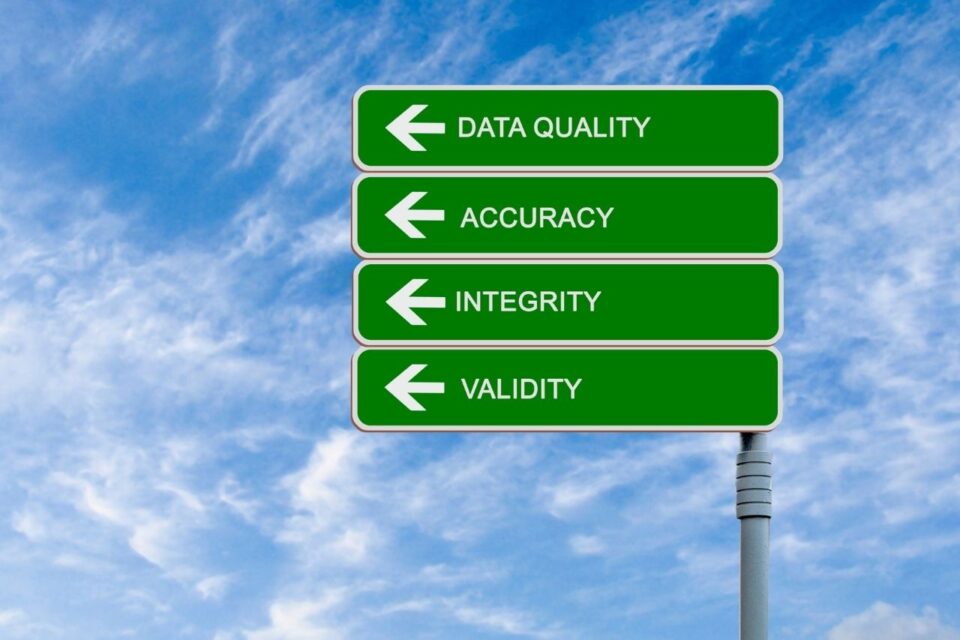
COVID-19 is Boosting Pricing Transparency in Healthcare
August 27, 2020
Why Hospitals should optimize revenue cycle management
September 21, 2020The centers for Medicare & Medicaid Services (CMS) are mandating hospitals to increase price transparency by January 1, 2021, therefore hospitals are preparing to meet this challenge and deadline.
Hospitals are going to have to master the transition which will require developing a special task force in order to comply with the deadline.
Successfully making the transition to creating greater transparency will help patients and satisfy the demand for the end consumer while giving them the freedom to understand the services they are paying for.
As healthcare organizations navigate pricing transparency where patient estimates become the new normal, here are five statistics to keep in mind.
1. 74% of consumers would rather pay $50 out of pocket than not know the cost of a primary care visit.
It is difficult for patients to not know or understand the cost associated with a healthcare visit. It is important for patients to be able to plan and prepare to pay.
2. 49% of patients say having a clear estimate of financial responsibility will affect whether they see a certain provider.
Price transparency could be the difference between whether a patient chooses one hospital over another. A survey indicated that, if the patient was given an estimate at the time of service, nearly two-thirds of patients would be willing to make a partial payment. Price transparency will determine where and if patients seek care.
3. 300: the number of common shoppable services for which the CMS rule requires hospitals to post pricing.
As the mandate takes shape, it’s critical to understand the full extent of what it will require for healthcare organizations. It’s not just hospitals that are going to be affected by the CMS mandate, the competition will increase as patients become acclimated to the price transparency rule.
4. 150: the average amount of hours CMS estimates each hospital will spend to review and post their standard charges for 2021.
The bottom line is meeting this mandate is a real challenge for hospitals, despite the many benefits it ultimately delivers to both patients and organizations. That’s why it’s so important to prepare by putting in place the processes and technology solutions that can make the transition as smooth as possible.
5. 60%: the amount Baylor Scott & White increased its point-of-service collections in its North Texas division since it started offering price estimates.
While answering the CMS mandate can feel like a burden, healthcare systems that have already branched into greater price transparency have seen an increase in point-of-service collections.
With the right approach, your organization can offset costs and strain on staff with tools that will help you grow collections and ease the administrative burden of transitioning to greater price transparency.
Discover The Ultimate Pricing Transparency Solution
If you are interested in a free demo of our AllPayor® Software, please go HERE or you can register for a FREE webinar HERE





